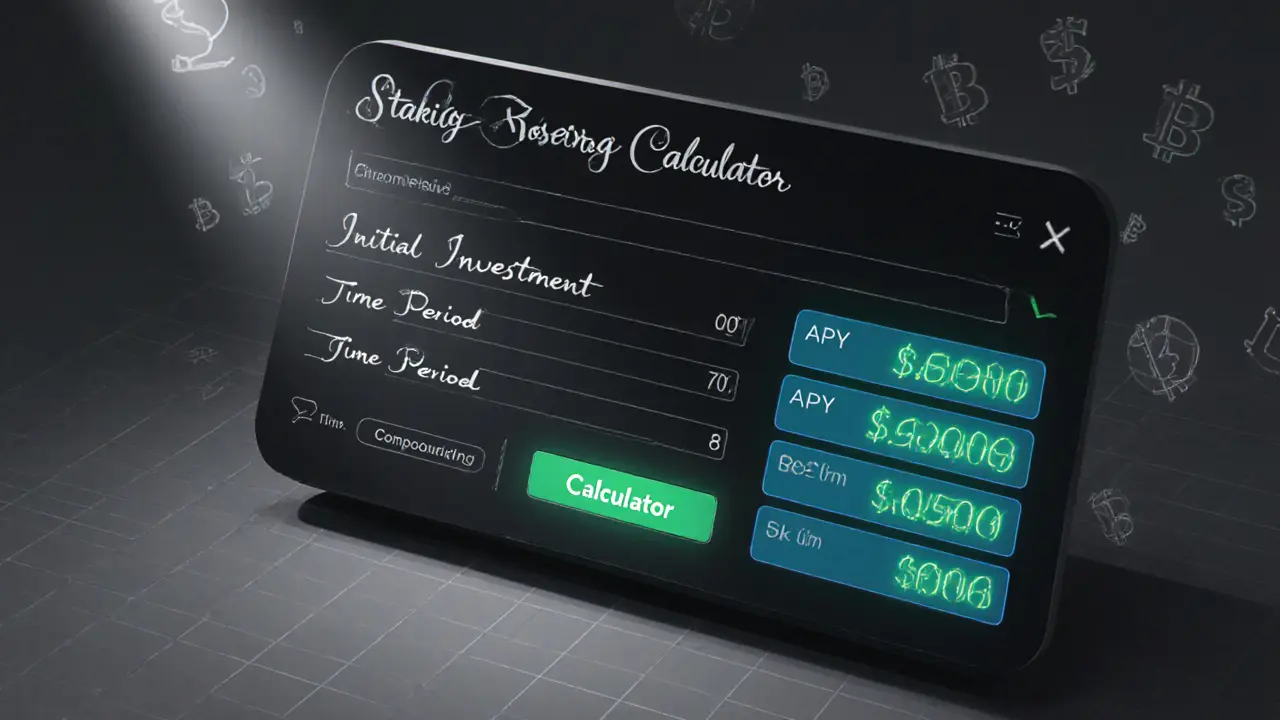Earn Crypto Rewards
When you hear the term crypto rewards, any token or coin you receive for participating in blockchain activities, you’re looking at a broad set of incentives that drive user engagement. Also known as digital incentives, crypto rewards can come from an airdrop, a free distribution of tokens to eligible wallets, from staking, locking up assets to secure a network and earn interest, or from more complex liquidity mining, providing liquidity to a pool in exchange for reward tokens. In short, crypto rewards encompass airdrops, staking, and liquidity mining, each with its own risk profile and payoff schedule.
Why Crypto Rewards Matter Today
Crypto rewards are not just a marketing gimmick; they’re a core economic layer of many blockchain projects. Yield farming influences crypto rewards by letting users chase higher APYs through strategic placement of capital across multiple protocols. This creates a feedback loop: higher rewards attract more liquidity, which improves market depth, which in turn can lower transaction fees for the whole ecosystem. Meanwhile, staking rewards require participants to hold and lock assets, which reduces circulating supply and can boost token price stability. Both mechanisms require a solid understanding of on‑chain risk, smart‑contract audits, and tokenomics.
Another key piece is the compliance side. Earning crypto rewards often triggers tax obligations, especially in jurisdictions like the US where each airdrop or staking payout may be treated as ordinary income. Proper reporting demands that users track the fair market value at receipt and keep records of subsequent trades. Ignoring this can lead to penalties, so a disciplined approach to documentation is a must for anyone serious about harvesting rewards.
From a user’s perspective, the path to earning rewards starts with choosing the right platform. Exchanges that support staking, such as major CEXs, typically bundle reward distribution into their native dashboards, making the process almost click‑and‑earn. Decentralized alternatives, like liquidity mining on DEXs, require you to interact with smart contracts directly, which can be rewarding but also demands a higher technical skill set. Understanding the trade‑off between convenience and potential yield helps you pick the best route for your risk tolerance.
Security cannot be overlooked either. Airdrop scams are common; malicious actors often imitate official channels to steal private keys. Always verify the source of an airdrop announcement on the project’s official website or verified social media. For staking and liquidity mining, only deposit into audited contracts and consider using hardware wallets to keep your private keys offline. These precautions protect the very rewards you’re trying to earn.
Finally, the landscape evolves quickly. New reward models—like gamified token drops, referral bonuses, and NFT‑linked incentives—appear regularly. Staying updated through reliable news feeds, community forums, and analytic tools can give you an edge. By mixing short‑term airdrops with longer‑term staking or liquidity strategies, you build a diversified reward portfolio that can weather market swings.
Below you’ll find a curated list of articles that break down each of these reward types, explain tax handling, compare platforms, and walk you through the exact steps to claim, stake, or mine. Dive in to turn the concepts you just read about into real, trackable crypto rewards.
How to Stake Crypto and Earn Rewards - Step‑by‑Step Guide
Learn step‑by‑step how to stake crypto, choose the best platform, avoid slashing, and earn passive rewards safely in 2025.
VIEW MORE
